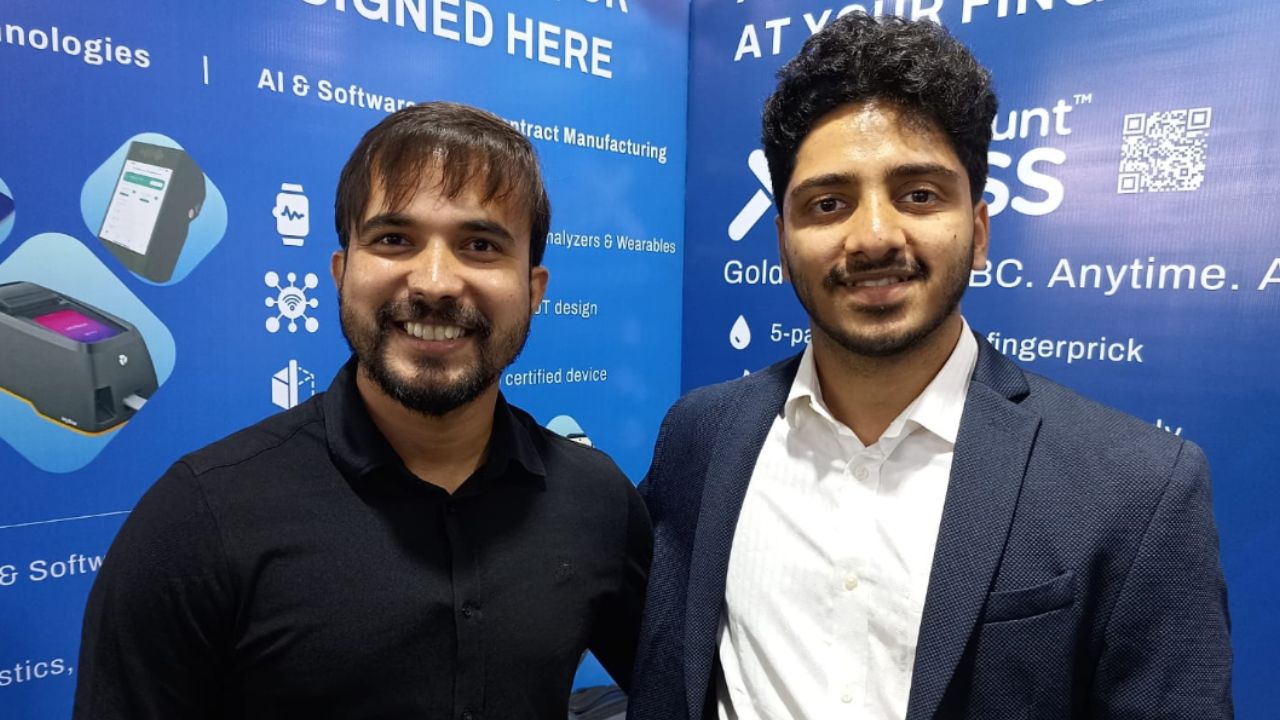LogistiX Group stands as a powerhouse in the realm of professional LEAD-based systems for warehouse, transport, and production management. With nearly two decades of relentless innovation and 400 successful automation projects, LogistiX has cemented its reputation as a trusted ally for multinational enterprises looking to elevate their automation and scalability.
At the heart of LogistiX’s success is a unique, robust methodological approach that transforms inefficiencies into streamlined operations. Their expertise spans logistics consulting, warehouse management (LEAD WMS), transport management (LEAD TMS), and production management (LEAD MES). The flagship LEAD WMS shines for its versatility, lightning-fast performance, and seamless integration with existing systems.
LogistiX’s methodical precision guarantees top-tier project management, adherence to best industry practices, and tailor-made innovative solutions. Their track record of delivering complex projects speaks volumes, with significant enhancements in operational efficiency and reductions in risk and costs for their clients. Comprehensive support and thorough training ensure smooth implementation and optimal use of their cutting-edge systems.
Boasting over 150 automation projects for both Russian and global companies, LogistiX leads the charge in the Russian WMS market. By driving efficiency and sparking innovation in logistics and production management, LogistiX is a catalyst for transformation in the industry.
In an exclusive interview with The Interview World, Dmitriy Blinov, Managing Director of LogistiX Group, highlights the company’s cutting-edge robotic products for the warehousing industry. He explains how digital twins significantly reduce operational expenses while boosting efficiency. Additionally, he emphasizes the vast market opportunities in India and elaborates on the stringent safety protocols in place. Here are the key takeaways from his interview.
Q: Could you provide an overview of the robotic products and solutions your company offers to logistics and warehousing businesses?
A: We function both as a vendor and integrator, specializing in the development of cutting-edge systems essential for modern logistics and manufacturing environments. Our portfolio includes robust solutions such as Manufacturing Execution Systems (MES), core operational platforms, Transportation Management Systems (TMS), and advanced Warehouse Management Systems (WMS). Complementing these, our Warehouse Control Systems (WCS) are designed specifically for robotic warehouse operations.
One of our unique strengths lies in our proprietary Warehouse Simulator, supported by a dedicated team. This tool significantly minimizes risks associated with the adoption of new technologies and process adjustments, including the integration of robotic equipment. Through meticulous 3D modeling of warehouse layouts and agent-based simulations, we rigorously evaluate the interaction of personnel, equipment, and conveyors. This simulation capability seamlessly integrates with our WMS, WCS, and other systems, facilitating the creation of digital twins. These digital replicas enable precise emulation of material flows, thereby optimizing operational efficiency across all warehouse processes.
Q: How does digital twin technology help businesses and systems reduce operational expenses?
A: We specialize in guiding our customers to select the optimal technology and equipment for their digital twins. For instance, several clients have realized savings exceeding 100 million rupees through strategic technology upgrades.
Unlike traditional consulting approaches that often recommend standard systems like SRS for warehouse operations, which are based on generalized models, our digital twin solutions simulate every process and scenario in real-time. This capability allows for dynamic optimization and precise decision-making down to the second or minute, ensuring operational efficiency and cost-effectiveness.
Q: Can you specify the minimum technology investment required for a company to effectively utilize your products?
A: The average price of our products varies significantly. For instance, our logistics consulting services start at approximately 150-200 rupees, depending on the specific requirements. Costs can escalate based on the complexity and scope of the project, often reaching several million rupees.
Similarly, other products in our portfolio range from several million to several dozen million rupees, primarily dictated by project size and complexity. This variance reflects the diverse scales and specialized needs we cater to across our offerings.
Q: How do you view the market potential for products like yours in India?
A: The Indian market is experiencing rapid growth, which presents significant opportunities for our operations. We are enthusiastic about our role in this dynamic market, which we believe holds great promise for our products and solutions. Our company has made substantial investments in methodology to capitalize on these opportunities.
For instance, our consultants are equipped with extensive guidelines, comprising thousands of pages, detailing precise tasks and procedures. This commitment ensures that our projects and services maintain high standards of quality.
In this context, the Indian market shows a burgeoning demand for robotics, with numerous global vendors establishing a presence here. Concurrently, the logistics sector is expanding rapidly, accompanied by escalating standards for product delivery.
Comparatively, the Indian market exhibits advantages over others, such as the Russian market, while also resembling earlier stages of development in certain aspects, creating a somewhat nuanced landscape.
Overall, this presents a unique business environment that we are strategically positioned to navigate and leverage for sustained growth and success.
Q: What is the maximum daily product handling capacity of this robotic system?
A: The impact varies significantly based on your operational setup. Implementing robotic systems can potentially increase efficiency by factors ranging from 10 to 100 times, contingent upon your specific processes.
For instance, fulfillment warehouses may face constraints in deploying robotic technologies beyond applications like automated loading and SRS systems, occasionally utilizing 3D shuttles. Limitations arise particularly when inventory depth is insufficient for larger-scale robotic solutions.
Conversely, enterprise warehouses, such as those in manufacturing plants handling pallets and structured cargoes, stand to achieve substantial reductions in human resource dependence.
In such scenarios, efficiency gains could range broadly, potentially reaching up to 99%.
Q: Can you elaborate on the measures and protocols you have in place for your automation products to ensure the safety of materials, personnel, and the shop floor?
A: Safety derives from multiple sources, primarily from robust technological business processes. Developing highly detailed processes ensures that every warehouse employee can execute tasks methodically. Automation plays a pivotal role in this endeavor.
Equipping each employee with a portable data terminal for task execution represents the next level of safety integration. This approach also hinges on reliable hardware solutions.
Equipment vendors prioritize safety through specialized PLC systems, crucial not just for operational efficiency but primarily for ensuring a secure working environment. Discussing these safety protocols with vendors at exhibitions provides valuable insights into their commitment to safety. In summary, these three strategies underscore our commitment to ensuring workplace safety.









